

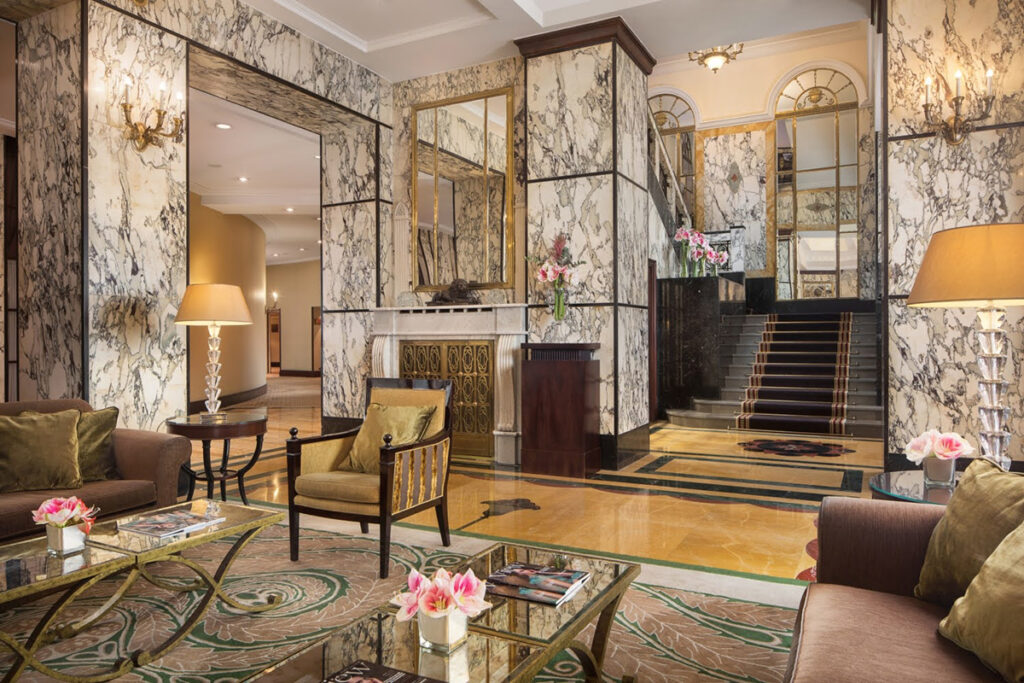
I checked into The Esplanade on a cold February day, and am thrilled to say that the hotel retains every ounce of its original glory and sophistication. Its location in the center of Zagreb, Croatia’s capital, ensures the hotel remains the heart of the city’s social scene. Recent renovations under the guidance of London-based architectural design company MKV Design have balanced the building’s Art Deco and Neoclassical features with the demands of 21st century guests; the modern elements are in keeping, delivered with a luxurious flair which epitomizes the hotel’s mission to create a space for “Indulgent and inspirational living”.
Any stay at The Esplanade should begin with a drink (or maybe several) at The Esplanade 1925, the hotel’s stylish lounge and cocktail bar. You will notice in the Art Deco interior that there is a subtle nod to the east, the styling of the Orient Express, and the famous cities along its route. The bar is run by Croatia’s top mixologists: competition is rife, so the mixing is always a spectacle and the bartenders are constantly experimenting with creating and refining their recipes. I sat at the bar transfixed, but on a warm summer’s evening, I can imagine starting here and then spilling out onto the terrace.
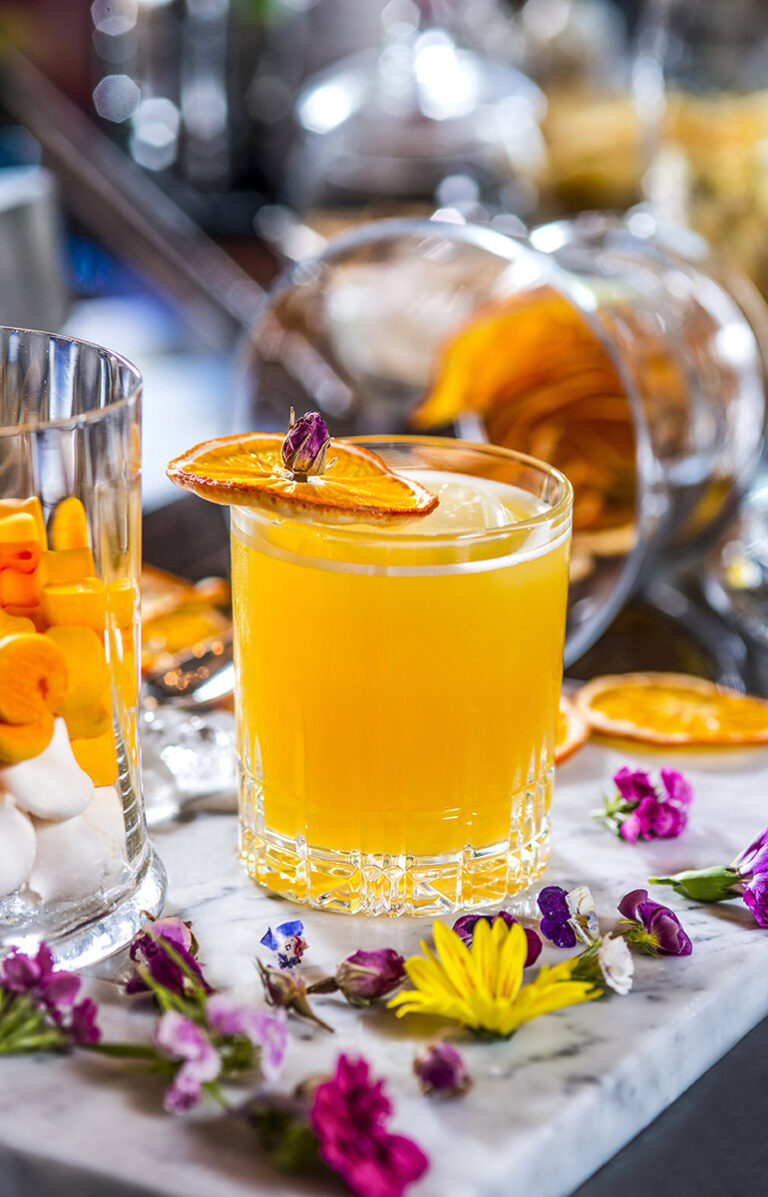



All the international favorites you would expect appear on The Esplanade 1925’s cocktail menu, but I wanted something unique. On the Orient Express Cocktails list, every drink takes its name and inspiration from a stop on the railway line. I started local with the Zagreb, which is flavored with brandy, honey liqueur, and orange; then moved onto Athens, which was made with pastis, triple sec, and grapefruit. Much as I’d have loved to have a cocktail for every station, I don’t have that kind of capacity for alcohol anymore, so I finished my drinkable journey with London, a refreshing combination of gin, peach liquor, orange, and, surprisingly, Sprite.
Executive Chef Ana Grgic will prepare you snacks to enjoy in the bar, but in my mind that would do a disservice to her cooking. A fine artist, she deserves the full attention of all your senses, not least your palate.
Ana joined The Esplanade in 2012, the first woman in the hotel’s history to take on the role of Executive Chef. She honed her skills in Michelin-starred restaurants in Brussels and Berlin, and has cooked for the likes of Prince Albert of Monaco, Joe Biden and Hilary Clinton, and Prince Charles and the Duchess of Cornwall. Ana was a jury member on Croatia’s Celebrity MasterChef TV show, and is an ambassador for the World Wildlife Fund’s Fish Forward project.
Ana’s showroom for her talents is The Esplanade’s Zinfandel’s Restaurant, widely regarded to be the best restaurant in Zagreb. Zinfandel’s takes its name from the grape variety, which was exported from Croatia’s Dalmatia region to the USA in the early 19th century, and has since become a staple of any wine cellar. The wine list is a celebration of the very best Croatian wines, plus a few famous names from further afield, but my recommendation to you is to drink what’s local. If you are dining with friends, treat yourself to a bottle of the affordably priced Amfora Brut Nature (€81) whilst you browse the food menu, and then ask the sommelier for the perfect wine pairings. There are some excellent options by the glass, most of which are priced between €6-7.

The elegant, contemporary dining space that is Zinfandel’s overlooks the Oleander Terrace, and beyond that the impressive Austro-Hungarian architecture of downtown Zagreb. You will want to dress up to fit in, but it is by no means ostentatious. Ana’s carefully curated menu exemplifies the variety and quality of Croatian cuisine, which whilst not well-known in the USA deserves to be recognized as one of Europe’s best-kept culinary secrets.
In a natural reflection of Croatia’s geography, the extensive coastline and fertile inland areas both influence what’s served on your plate. The first of our mouthwatering starters was noodles with truffle, goat butter, and goat’s cheese, and it tasted so fresh and wholesome that I wondered if the in question had gambled straight from the field into the hotel’s kitchen to be milked. The seafood options – Adriatic scampi and roasted scallops amongst them – could only have been caught a few hours before; they must have come straight here from the boat.
For the main courses, we opted for two contrasting dishes, each of which was divine. The American striploin steak might sound like an odd choice to make so far from home, but I assure you that you have never tasted one like this. Seared to perfection, it was served with an accompaniment of salted beetroot, pine nuts and pine oil, and pungent black garlic. The combination of flavors was a revelation.
My slightly lighter option was wild sea bass served with sea bass veloute, black quinoa, and kale. Sea bass is plentiful in the Adriatic Sea, off the coast of Croatia, and it is regarded as the specialty of the Dalmatia region. The kale had just the right hint of bitterness, and at the sommelier’s suggestion, I paired the dish with a glass of Malvazija white wine.


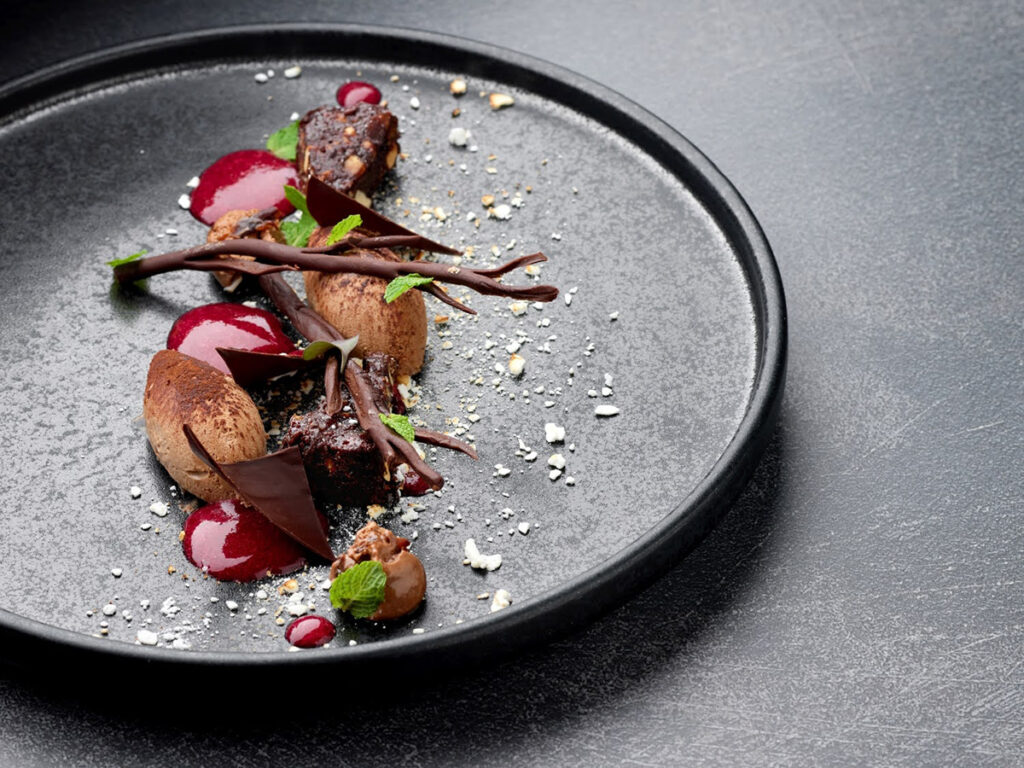
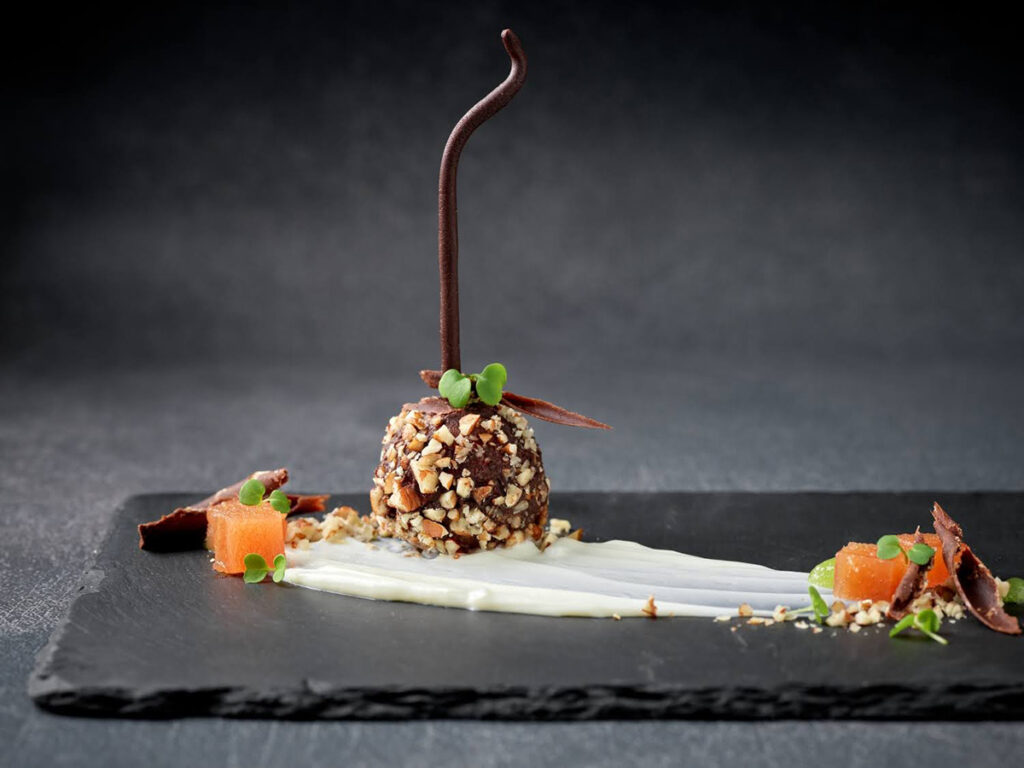

There were four desserts on the menu, and honestly, I could have chosen blind: I have no doubt that any one of them would have been superb. It was the mille-feuille that pipped the others to the post, though, because it intrigued me. This popular French patisserie (it’s often called the Napoleon) is usually made with flaky layers of pastry and custard. I had a feeling that Ana and her colleagues would give the recipe a twist, however, and certainly, they did.

Firstly, the pastry was made with buckwheat, which gave it a slightly nuttier taste. Instead of custard there was peanut cream and above that a tonka bean foam. It was topped with caramelized quinces, which had a slightly citrusy tang. I am hard-pressed to remember when I last enjoyed a meal so much.

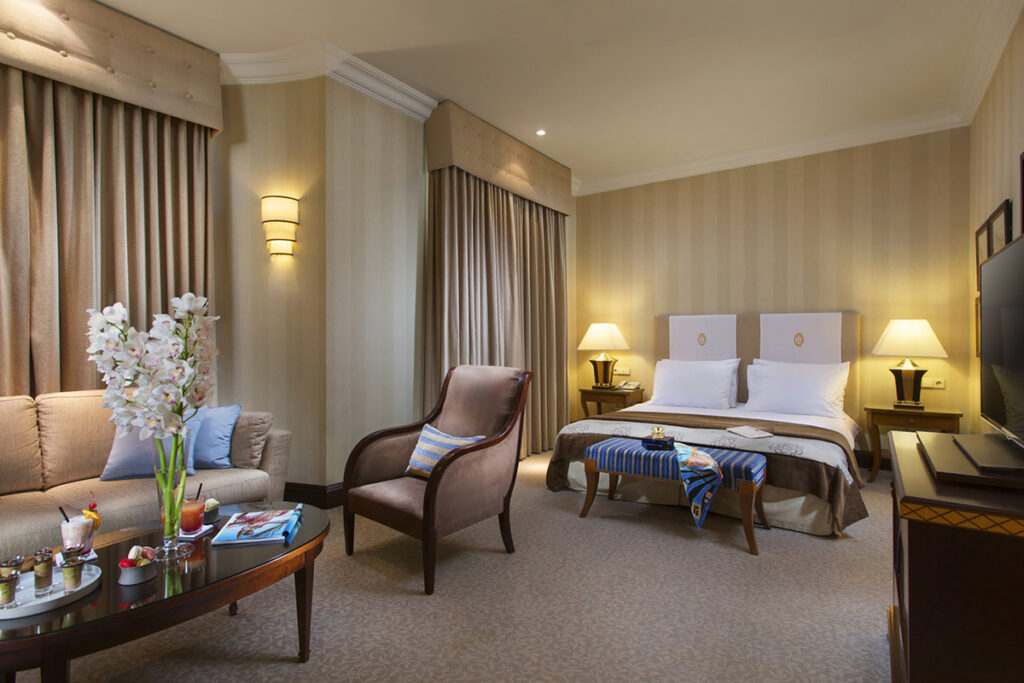
I sat for a while after my meal, chatting and soaking up the atmosphere in Zinfandel’s. Glancing around, I felt like an extra on a Hollywood film set, perhaps making one of those golden movies of the 1940s or ‘50s. That sense stayed with me as I left the restaurant, walked through the public areas of the hotel, and rode the elevator up to my room. In every space, the decor was elegant, glamorous, but somehow always on the right side of good taste, never too over the top. I slept incredibly well that night, lying back on the goose-down pillows and dreaming of all those historic figures I might have met here during The Espanade’s Golden Age.











